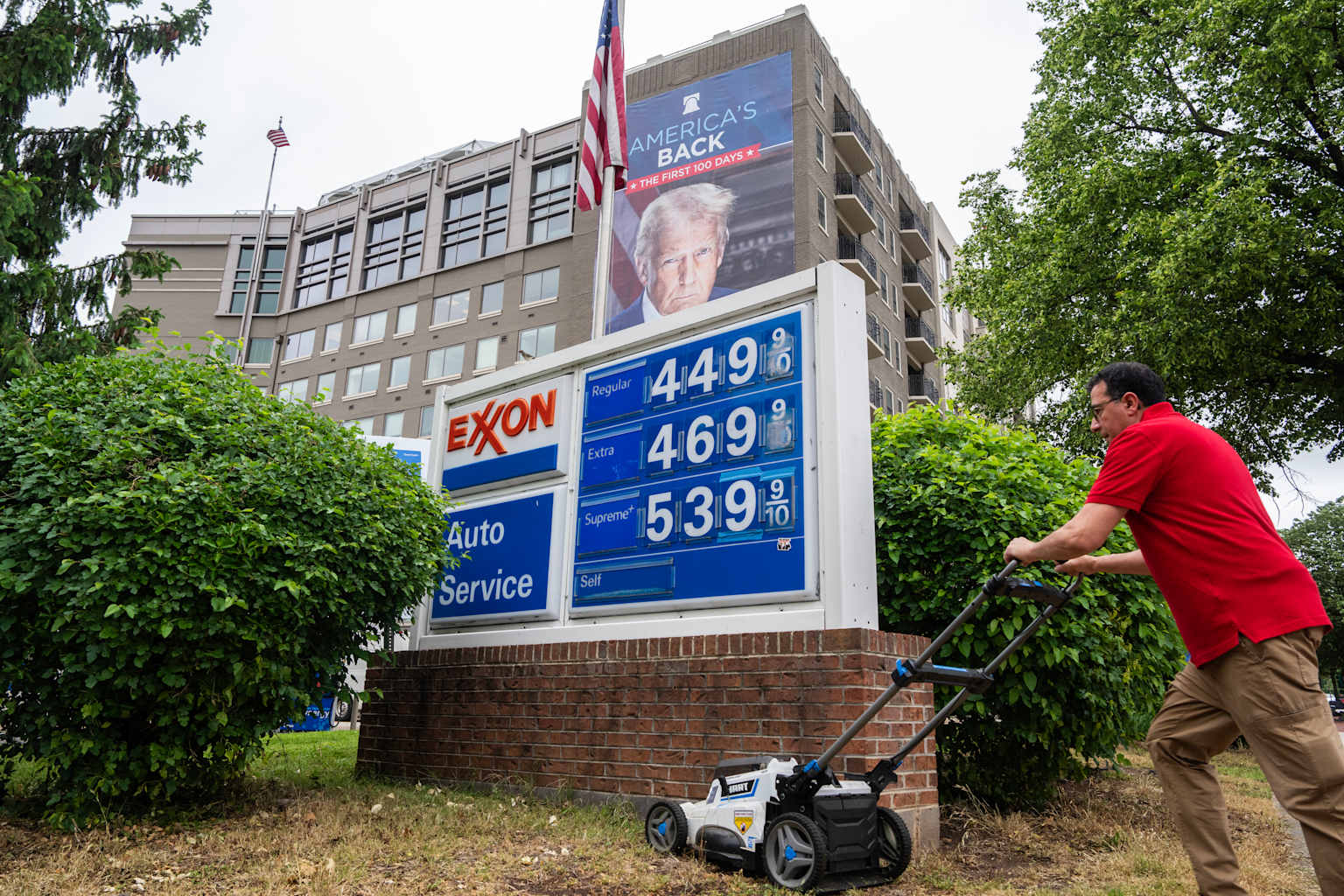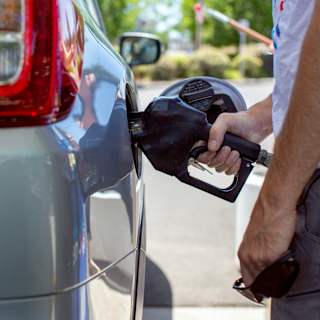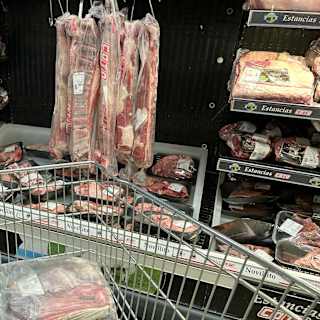- Relief at the Pump Amid Record Travel
- Middle East Stability and OPEC Output Drive Decline
- Regional Variations and Future Uncertainties
As millions of Americans prepare to hit the road for Independence Day weekend, they're finding relief at the pump that hasn't been seen in years. Gasoline prices have dropped to their lowest levels since 2021, arriving just as AAA projects a record 72.2 million people will travel at least 50 miles from home during the holiday period.
The national average for regular gasoline stands at $3.14 per gallon, roughly 32 cents lower than the same time last year. The timing coincides with the busiest travel period of the summer, with 61.6 million Americans expected to drive to their destinations.

Current gas prices represent a decline of more than 7% from last year, when the national average reached $3.57 per gallon1. According to the Energy Information Administration, prices have dropped from $3.34 last week to $3.29 as of June 301. The White House noted that Americans will save nearly $500 million this weekend alone due to the lower prices2.
"This would be the lowest on Fourth of July for gas since at least 2021 — perhaps even since 2020 during COVID," an analyst told CNN3. The drop provides financial relief as AAA forecasts show this year's July 4th travel numbers exceed 2024 by 1.7 million people and surpass 2019 levels by 7 million4.
The price drop stems largely from geopolitical developments in the Middle East and increased oil production. The Iran-Israel ceasefire announced on June 24 has reduced regional tensions that typically drive oil price volatility1. Additionally, eight OPEC+ countries, including Saudi Arabia and Russia, announced plans to increase oil output by 411,000 barrels per day in July, larger than originally expected2.
The U.S. Energy Information Administration had forecast summer gasoline prices to average $3.14 per gallon, driven primarily by declining crude oil prices after OPEC+ announced increased production3.
Price variations persist across regions, with California drivers paying the highest average at $4.65 per gallon, while Mississippi enjoys the lowest at $2.691. These differences reflect varying state taxes, environmental regulations, and fuel requirements.
However, analysts warn that the relief may be temporary. The National Oceanic and Atmospheric Administration forecasts a 60% chance of an "above-normal" hurricane season, with up to five major hurricanes expected1. Such storms could disrupt Gulf Coast refineries and send prices climbing again, highlighting the fragile nature of current market conditions.


